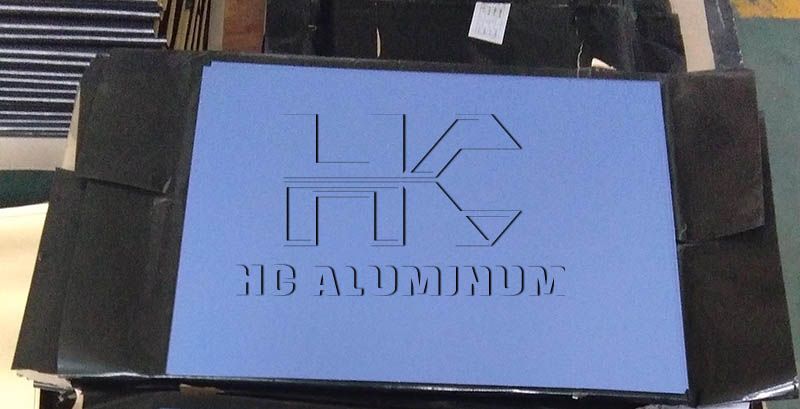How To Judge The Quality of Aluminum Offset Printing Plate
Offset printing is a very common printing technology. Aluminium litho plate is one of the most common printing plates. Aluminum has excellent durability, good corrosion resistance and high-resolution image reproduction. Its surface is treated and can be combined with photosensitive materials to enable the image to appear on the plate. Aluminum has a long service life and is suitable for mass printing.
PS plate is the main printing plate material for pre-printing at present. Its platemaking process is simple, and the printing reproduction effect is good, and the printing price is relatively cheap. CTP realizes direct connection from computer to printing, which not only saves a lot of materials and exposure and washing equipment required for PS plate, but also reduces the number of image transfers and improves the image restoration rate.

CTP plates have irreplaceable advantages in the process of printing and packaging, so their share in the printing industry is also increasing. So how should we choose the most cost-effective and quality CTP plates from the wide variety of CTP plates on the market?
1. Dot reproduction
Dots are the basis for printing and reproducing graphic information. The quality of dots on the printing plate will directly affect the quality of dots on the printed product. Therefore, the first step to control dots is to choose a plate with good dot reproduction.
2. Line reproduction
Line reproduction, like dot reproduction, is the specific embodiment of printing plate resolution test in printing. Since the algorithm of line screening is different from that of dot screening, dots highlight the optical characteristics of specific areas, while lines highlight the smoothness of edges. Therefore, although the resolution is tested in the same way, the test of line reproduction is also very necessary.
3. Ink affinity and wetting performance
The imaging of the aluminum plate is also very important. However, the plate is ultimately used for printing, and the printability of the plate is also a very important aspect. In printing, water and ink are the closest to the plate. The ink affinity and wetting performance of the plate directly affect the water-ink balance of the printing and thus the quality of the printing.
4. Bottom ash
Bottom ash is caused by improper aluminum processing during production, especially in the winding and rewinding parts of aluminum production. Usually, bottom ash can be removed by reasonably controlling the time of development and exposure, but the removal of bottom ash should be done without affecting the quality of the graphic part. If the removal of bottom ash has to be done at the expense of image quality, it means that the printing plate does not meet the requirements.
5. Sensitivity
Sensitivity refers to the CTP plate's requirement for the energy of the exposure light source. This indicator is particularly important for thermal CTP plates, because the laser light source of the computer direct platemaking machine is expensive and difficult to replace, so the service life of the light source needs to be extended as much as possible.
The use of aluminum plates with higher sensitivity requires the laser to use a higher power when working, which accelerates the aging of the laser. At the same time, due to the high energy requirements for plate exposure, the laser is more likely to attenuate, further shortening its life.
Haomei Aluminum provides you rich types of aluminum printing plates like thermal CTP, double layer CTP plate, CTCP plate, PS plate,etc. Welcome to inquire what you need from us.














